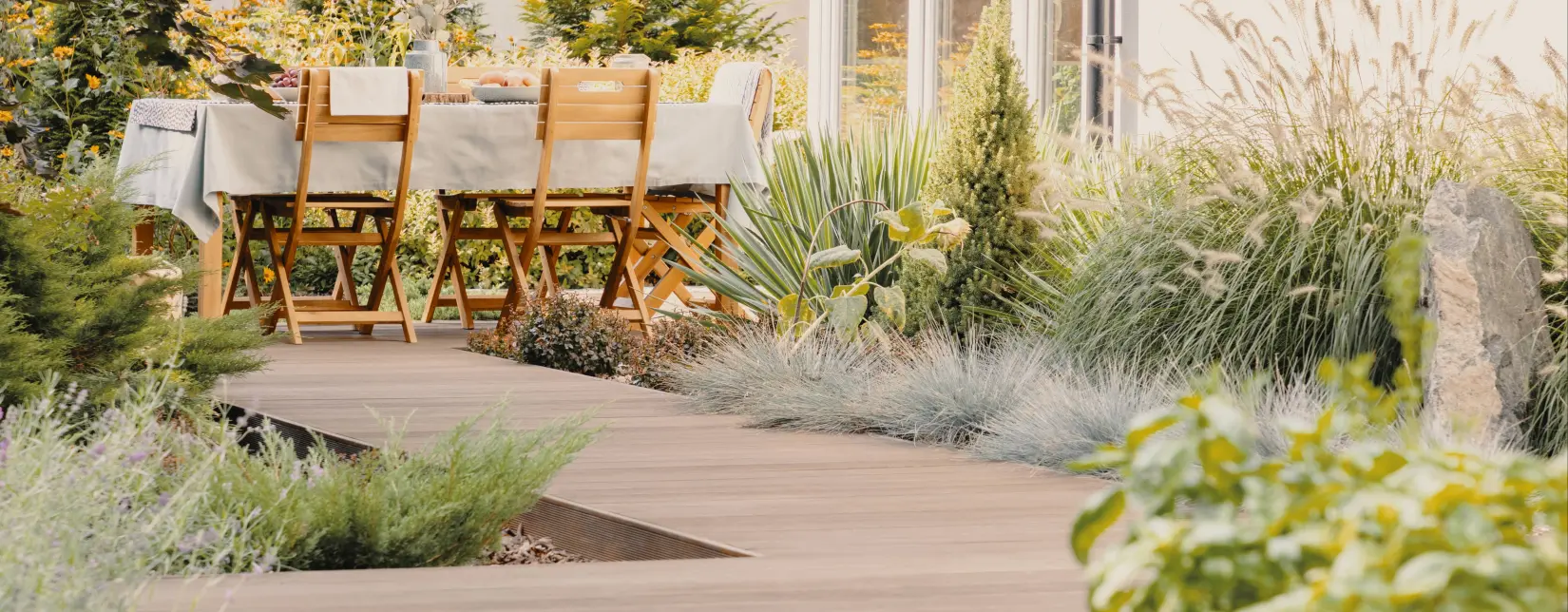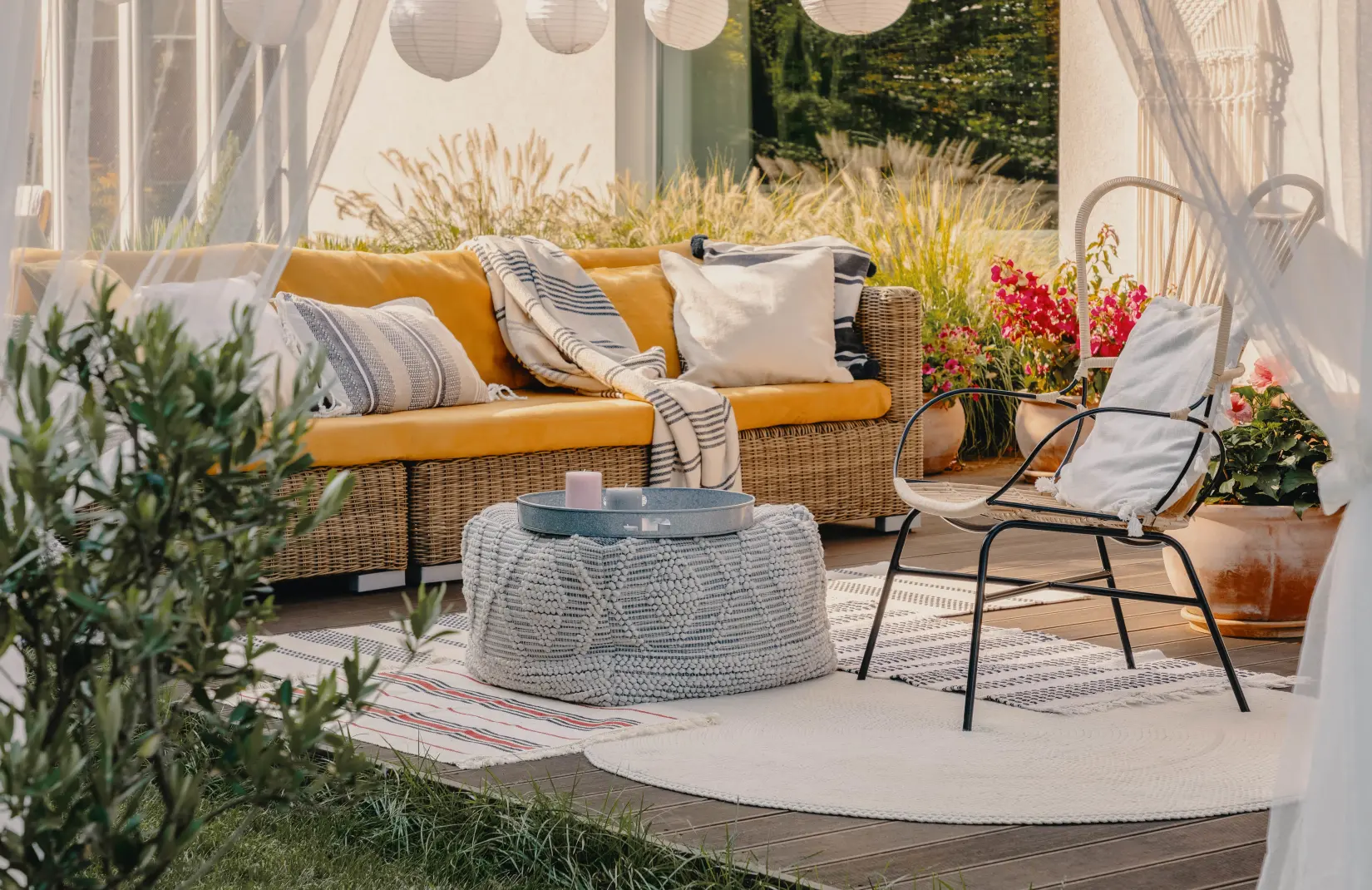
Community property with special right of use
The right of special use originates from the German Condominium Act. This is a legal entitlement with regard to a co-ownership share in the common property of the community of owners in a building with several apartments. These special powers can affect different parts of the common property and include various rights, but also some obligations. The right can only be transferred to a member of the community of owners, but not to external third parties, as the right of use must be accompanied by co-ownership shares in the common property.

Right of special use: definition and examples
If common property is provided with a special right of use, this means that an individual owner has exclusive rights to use the corresponding special use area. They may therefore use this area alone to the exclusion of the other owners. However, the right of use is expressly granted without the right to make structural changes, unless this has been expressly permitted by agreement. The right is established when the declaration of division is drawn up. It is also possible to determine the subsequent establishment of a special right of use, provided that all co-owners agree.
Examples of a special right of use include the exclusive use of a garden, a cellar or a parking space for your own car. Attics or terraces can also be provided with this special right of use. The right is established by an agreement between all co-owners. It is also possible to have the right entered in the land register. Entry in the land register is recommended, as in this case the associated special right of use is also transferred when the apartment is sold and therefore also applies to future owners of the property.
Special ownership vs. special right of use
The main difference between the right of special use and special ownership relates primarily to ownership, because with the right of use, the area used continues to belong to the community of owners, whereas with special ownership, a buyer receives the legal entitlement to an area that belongs to them alone, for example a cellar. The right of use is usually granted in relation to areas or objects that cannot be declared as separate property. In the case of special ownership, structural alterations are permitted and permissible, whereas this is not the case with the right of use. The right of special use can be converted into separate property if, for example, rooms in the common property that are not required are used as separate property, but there are some formalities to be observed. For example, this is not possible for every room; this requires an agreement between the owners in the form of a conveyance.

Rights and obligations of the person entitled to special use
In principle, the authorized person may use the special use area alone and without the involvement of the other co-owners. However, this only applies if they do not make any structural changes to the area, for example if a garden fence or wall is to be erected around a garden with a special right of use. However, temporary changes such as a sandpit and other play equipment for children are permitted. The beneficiary is entitled to income from the special use area. It is therefore legal to rent out a parking space with a special right of use to third parties and keep the proceeds for yourself.
If the right is exceeded, the co-owners can demand an injunction. In return, the entitled party may demand compensation if they are prevented from exercising their right, for example if the garden or basement area is used by other owners without authorization. The duties often specified in the agreement, which the person entitled to special use assumes, also include the maintenance, repair, management and cleaning of the special use area. Anyone wishing to sell a property and the associated right of special use must ensure that the special property and right of use can only be sold together. The right of use cannot be sold separately from the special property.
The right to use a special use area expires as soon as there is a change of ownership within the community and the new co-owner does not join the agreement. New owners are not bound by these agreements, meaning that the right has no automatic effect on them. In addition, the beneficiary can also assign the right independently by means of a waiver agreement. In this case, the consent of the other owners is also required, as the obligations associated with the right of use would automatically revert to the community of owners. It is also possible to transfer the right of special use to another owner.
The costs incurred, for example for maintenance, repair, management or cleaning measures, are usually borne by the owner who is also the beneficiary of the special right. However, this must be specified in the agreement – if not, the costs are borne by the entire community of owners.
A structural change is deemed to exist if the common property is redesigned in a way that results in a deviation from the partition plan or the previous condition of the building or the special use area. This refers to all measures that involve more than the proper maintenance of the common property. Anyone wishing to make such a change requires the consent of the community of owners or must convert the right of special use into special property.
The right refers to the authorization of an owner to use specific parts of the building or areas alone. The other co-owners are excluded from all possible uses. The right comes with a number of advantages, but also obligations, because as a special use beneficiary you are responsible, among other things, for maintaining the special use area in a proper condition.
The terms are often used interchangeably, but describe two different situations. In the case of separate ownership, the member of the community of owners is also the owner of the corresponding area and can therefore dispose of it freely and as they see fit. This also includes structural changes. The right of special use, on the other hand, only establishes the right to use an area, while it remains the property of the community of owners.
